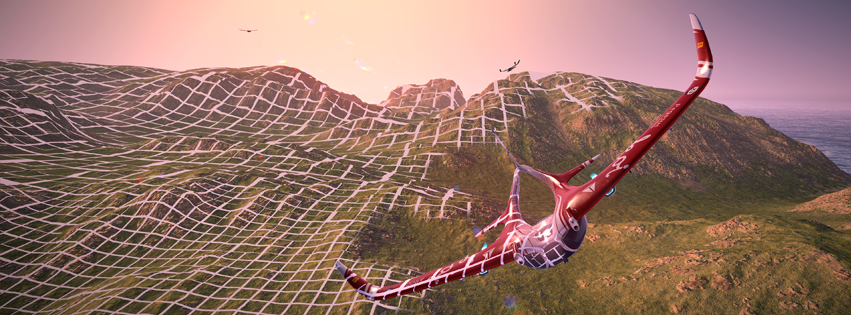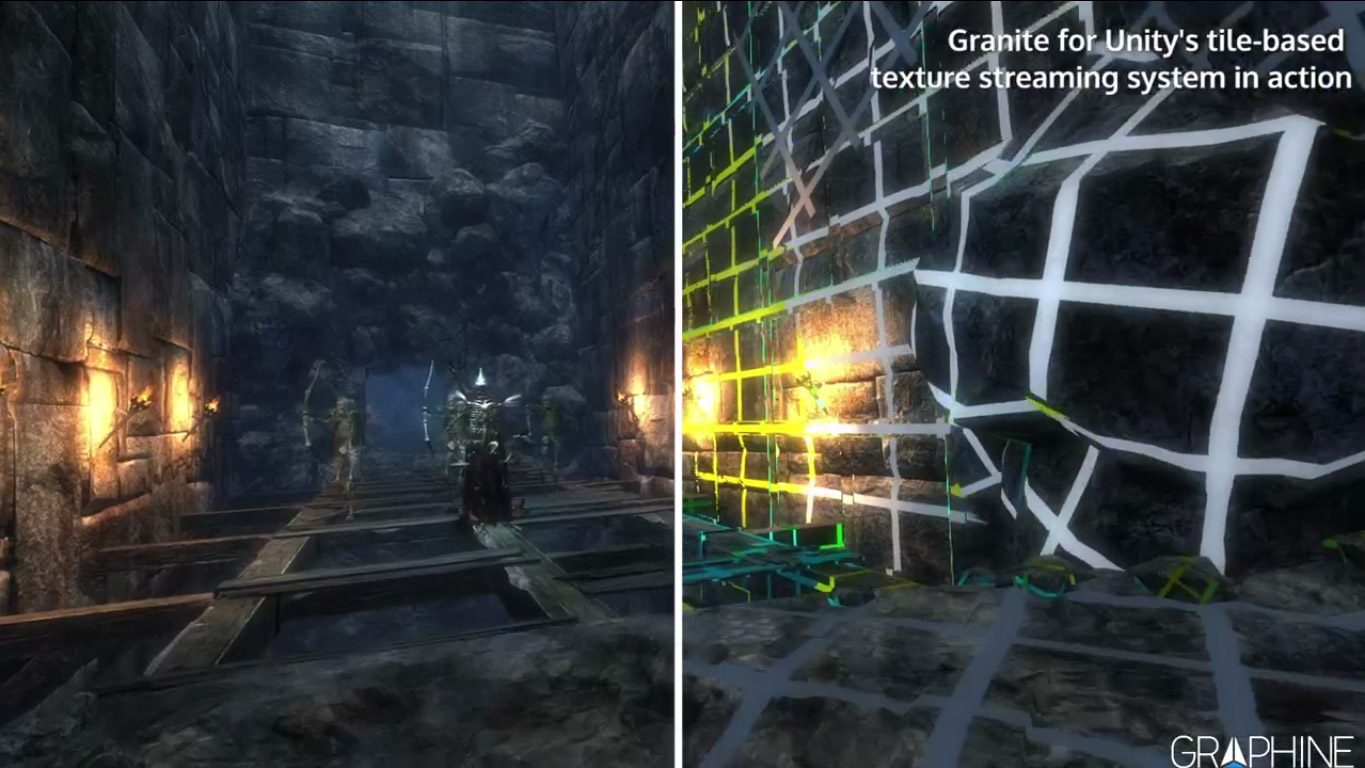As late as last October 23rd, Aljosha Demeulemeester, Graphine Software co-founder and CEO, gave a presentation at Brussels iMind conference to show how 3D scanning in real time rendering and new virtual reality devices such as Oculus Rift will advance alongside video game development to introduce new entertainment experiences.
To fully cater to the difference requirements of 3D technologies’ diversified user base, Graphine – which is a Belgium based middleware company developing fine grain texture streaming technologies – has launched its Granite for Unity plugin in four different versions.
The software is available for download as a 30-day free public beta and its four different bespoke versions include LITE, VIZ, INDIE and TEAM. In particular the VIZ version was developed and optimized to power high-end 3D visualization projects for architecture, industrial product design and VFX, adding features like HDR textures and optimum configurability.
“Unity 3D is a great tool that has been widely adopted by the game and 3D visualization industries because of its accessibility,” said Demeulemeester to explain the reasoning behind the new seat licenses. “With the seat-based licenses we offer a model that’s tailored to the engine and that scales perfectly with the projects and team sizes of Unity’s wide variety of users. We’ve now made fine-grained texture streaming more accessible than ever. Now we offer a version of Granite for Unity suited to every developer.”
The Unity 3D engine is a high quality visualization tool but cannot handle the large amount of texture data that high end 3D visualization applications – just like high end video games – need. As more textures are added into the application the computer’s memory consumption rises and the application’s performance inevitably degrade. Granite for Unity combines virtual texturing techniques with a fine grained streaming system to handle the texture content while compressing the file sizes by up to 65%.
If in video games it can allow complex textures to stream this smoothly (see video below setting it to HD for full effect), there is little doubt that it might come in handy when managing the complex data acquired by full color handheld and photogrammetric 3D scanning solutions.




